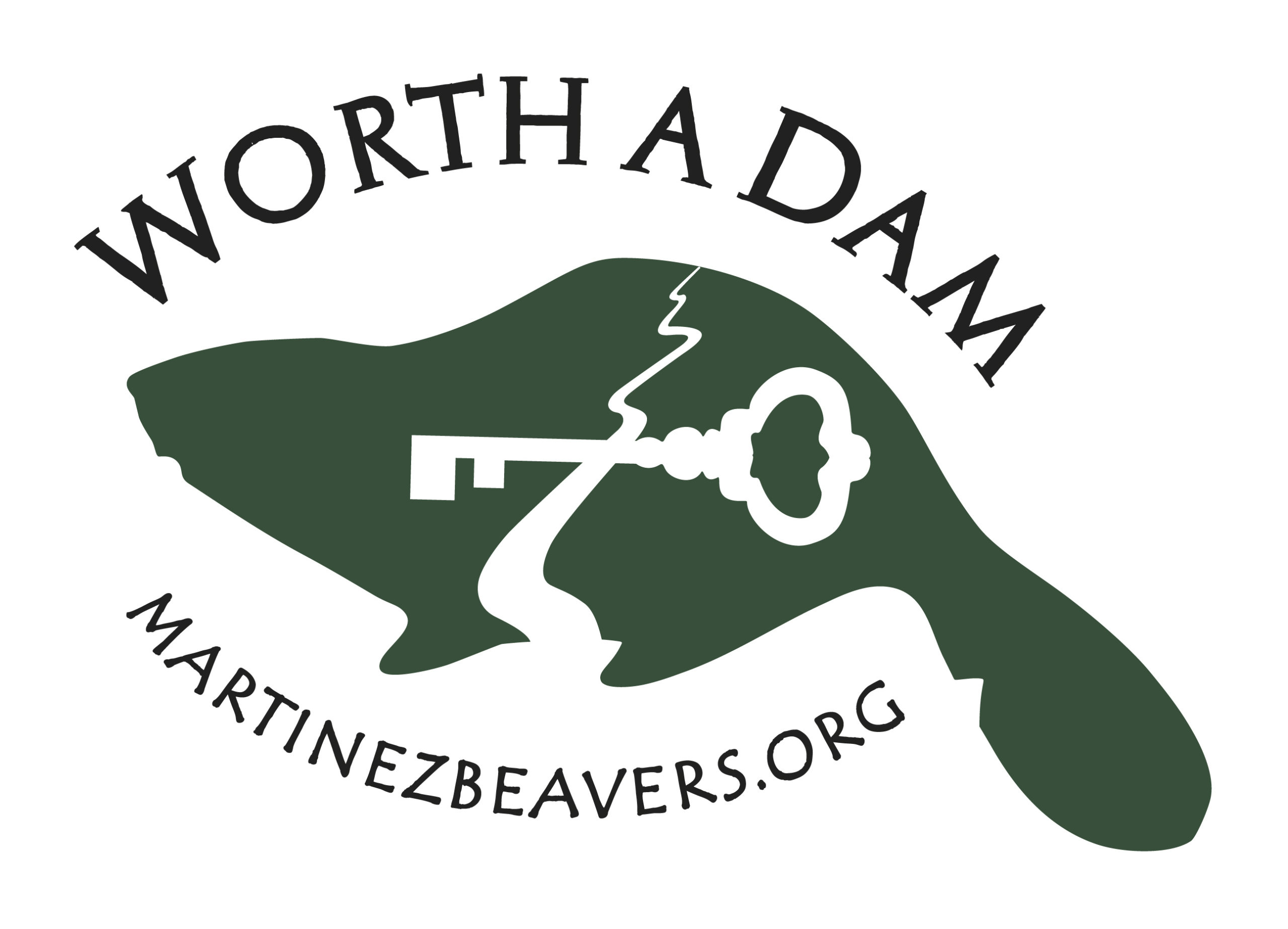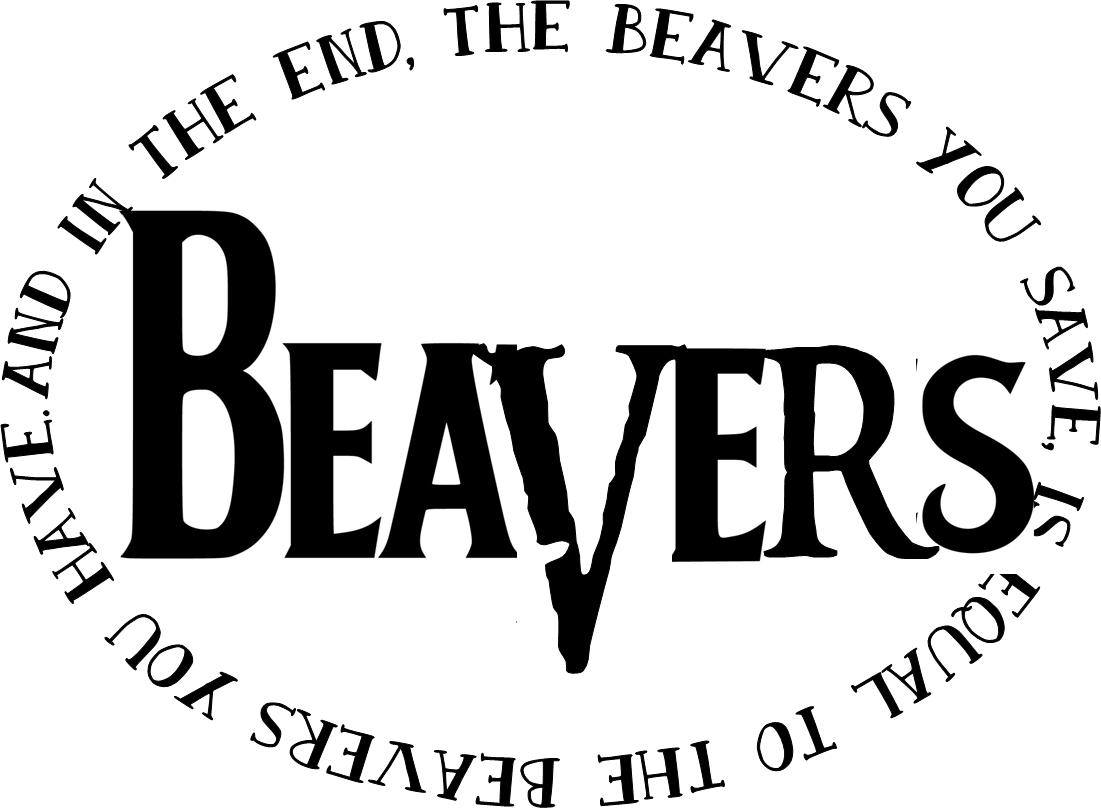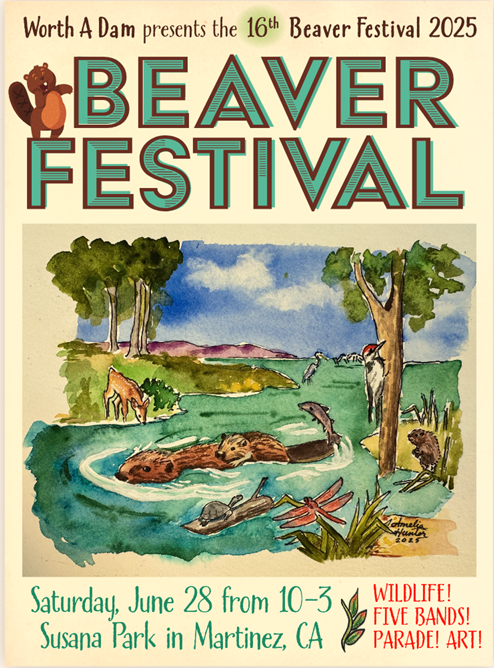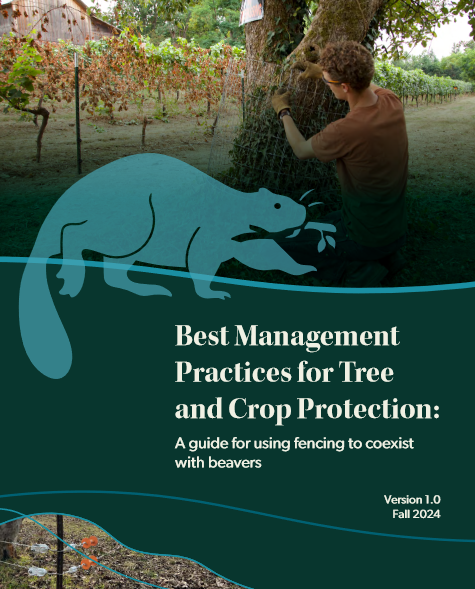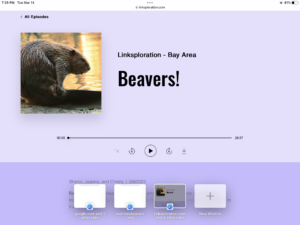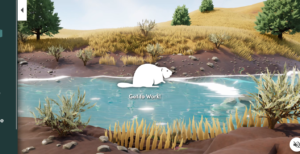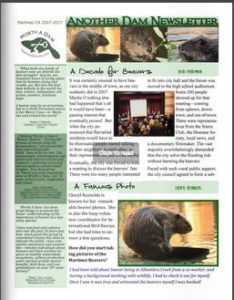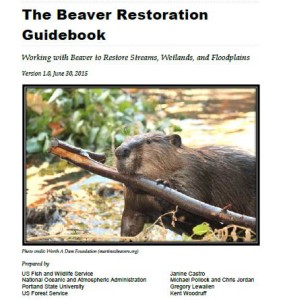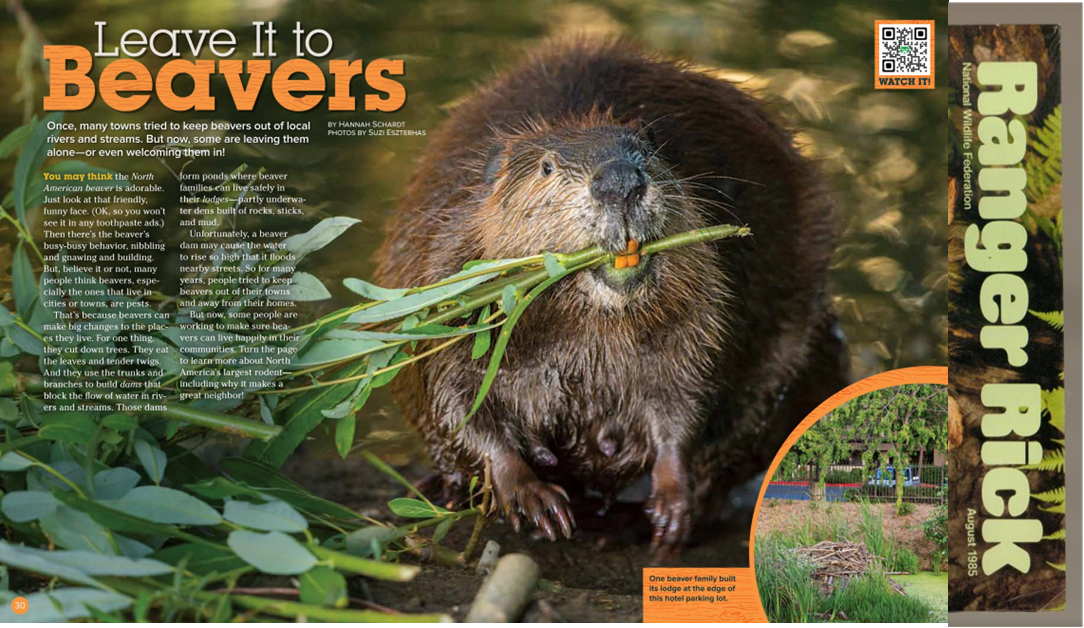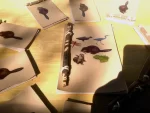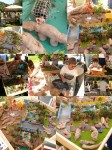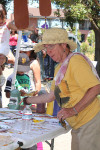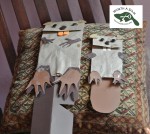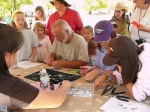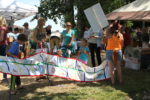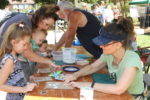I’ve been feeling lately like we’re getting to be in a new world. That my old fashioned concerns about cities losing patience with beavers are quaint, like an old hippie in a Volkswagon bus complaining about “the man“. It’s a new age for beavers. A whole new age. And it’s might be time for people to start patting my head and saying condescendingly, “Okay beaver boomer we got things from here.”
Just check out THIS article. I was sure it was from Washington state at first. But Squamish is in British Columbia.
Dam good news: Why Squamish needs beavers
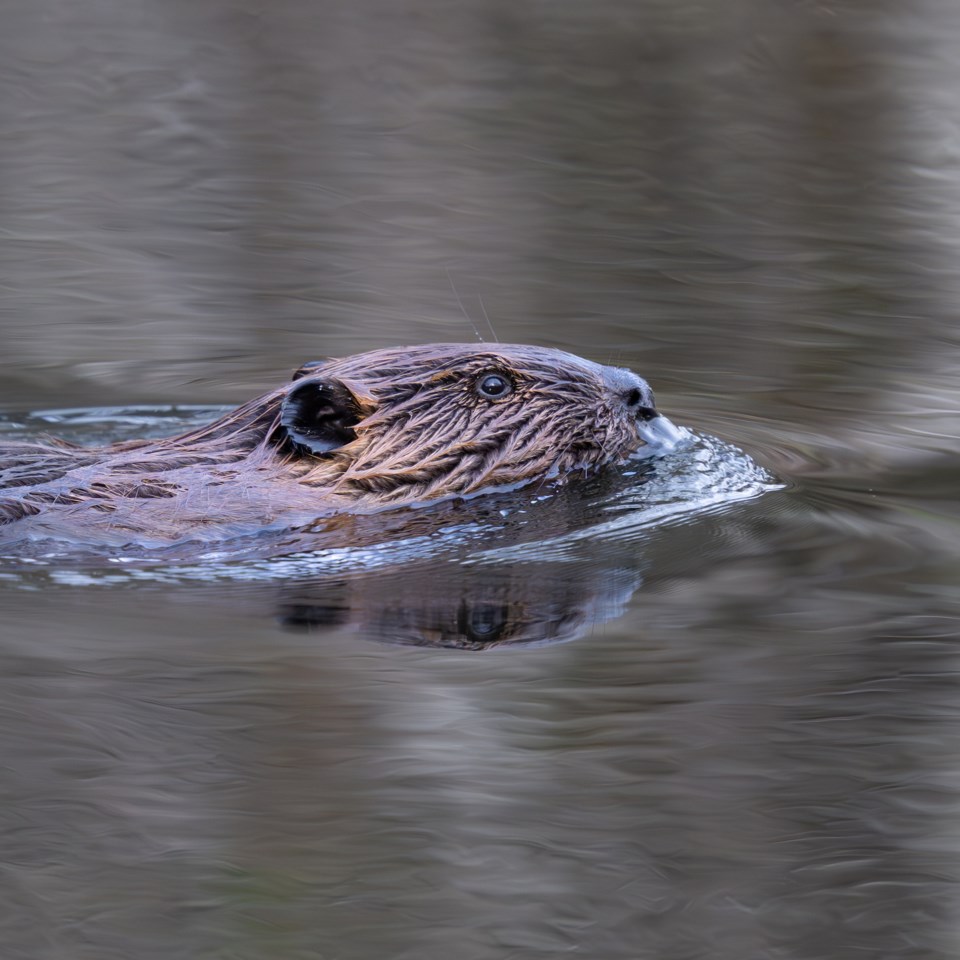 Have you spotted a beaver dam around Squamish?
Have you spotted a beaver dam around Squamish?
At first, one might think, “Oh no, is that going to be a problem?” But actually, it’s pretty exciting.
While beavers sometimes get a bad reputation for disrupting urban spaces, experts say their presence is actually a great sign for the health of our local ecosystems.
Jennifer Rae Pierce, an expert in urban wildlife and biodiversity, has studied beaver populations and their role in city environments. In a recent conversation with The Squamish Chief, she explained how beavers are a keystone species, meaning their activities help sustain a rich, biodiverse ecosystem.
“They create environments that support a wide range of species and contribute to resilient ecosystems,” Pierce said. “Beavers help store water in the land, which is especially crucial for drought management. They also support fish populations and enhance water quality in many cases.”
Wait. What? An urban wildlife specialist that promotes beavers and isn’t me? An I dreaming? Who is this woman?
Urban bioiversity Hub. I like the sound of that. Do you think she ever heard of Martinez?
Living with beavers
Of course, living alongside beavers isn’t always easy.
They cut down trees and flood certain areas, which is why some landowners want them removed. But according to Pierce, relocating them doesn’t really work.
“The habitat is what attracts beavers,” Pierce said.
“Even if you remove them, more will come unless the environment is changed. Also, beaver relocation is costly and difficult because finding suitable, unoccupied habitat is rare. Beavers are territorial and will struggle to establish themselves in a new place.”
So instead of removing them, Pierce recommended simple solutions like installing water flow devices (also called “beaver baffles”).
These help maintain controlled water levels without disrupting beaver habitats.
Worried about your favourite tree? There’s an easy fix.
“If people are concerned about trees being cut down, they can wrap wire mesh around them or use a paint mixed with sand, which discourages beavers from chewing on them,” Pierce added.
Boom! Beavers help biodiversity in cities and even if they cause an issue it is better to fix it and here are some easy tools to do so.
I am very close to retirement. Or as they say in the UK about layoffs “Being made redundant“, Wow.
Pierce believes locals should embrace beavers instead of seeing them as a nuisance.
“People can show their support by engaging with local authorities and property owners,” she said. “Decision-makers sometimes assume the public is against beavers when, in reality, many people love seeing them and appreciate their ecological benefits.”
Some communities in Metro Vancouver have already stepped up, preventing beaver relocations through activism and education.
For Pierce, one fun way is through storytelling and social media.
“Some places have given their beavers names and even [X] accounts,” Pierce said with a laugh. “It helps people connect with them and see them as part of the community.”
Okay admit it, You think I secretly wrote this article and made up Ms Pierce. I almost do myself. But no, its legit. I swear on a stack of beavers. That’s just the world we live in now.
Want to spot some beavers? Head to the wetlands around the Squamish River, Alice Lake Provincial Park, or the Mamquam River.
It maybe time for this beaver boomer to hang up her worry beads.
